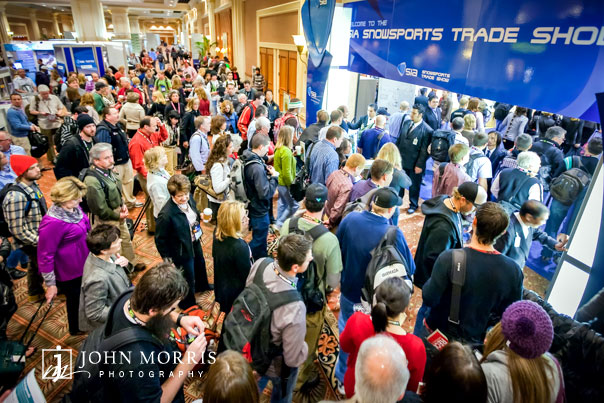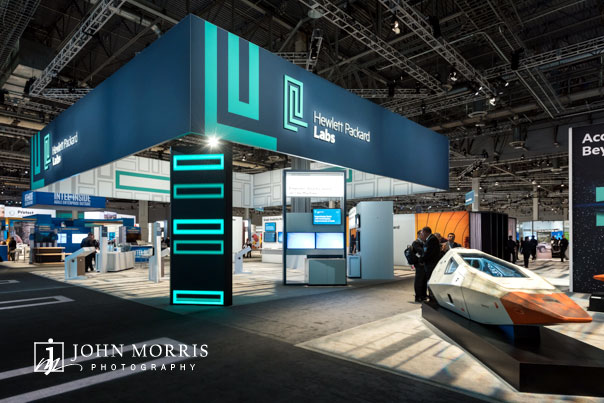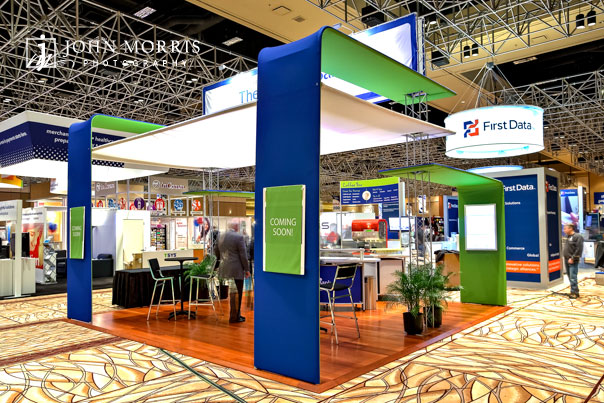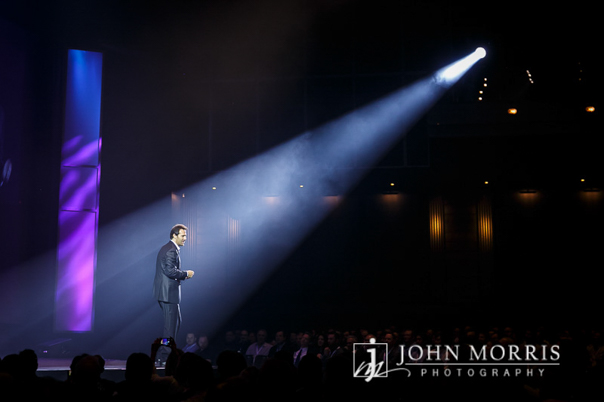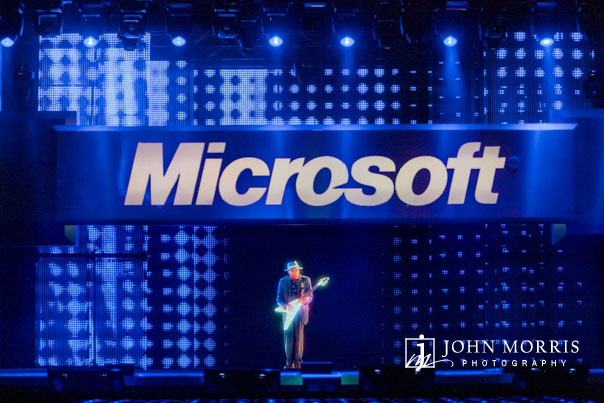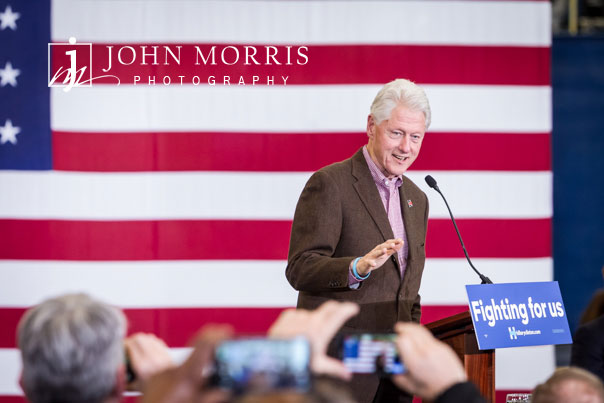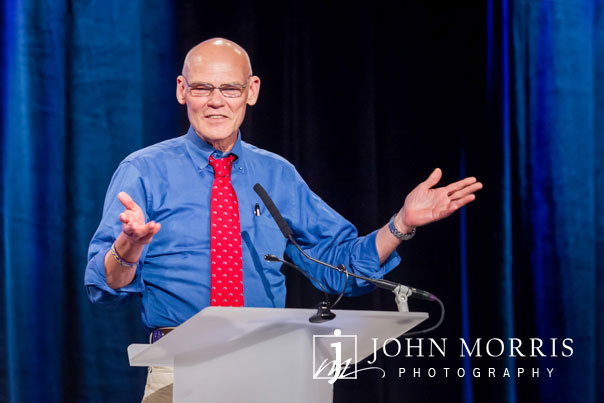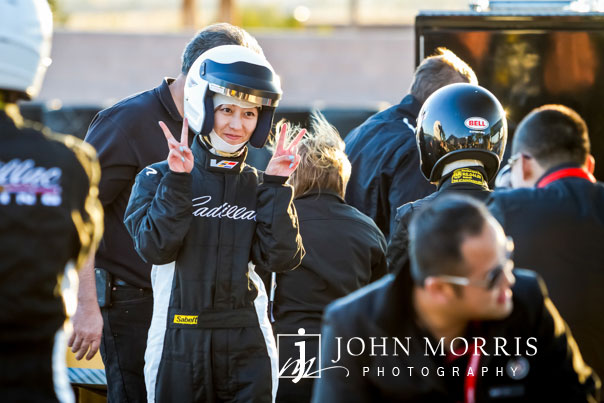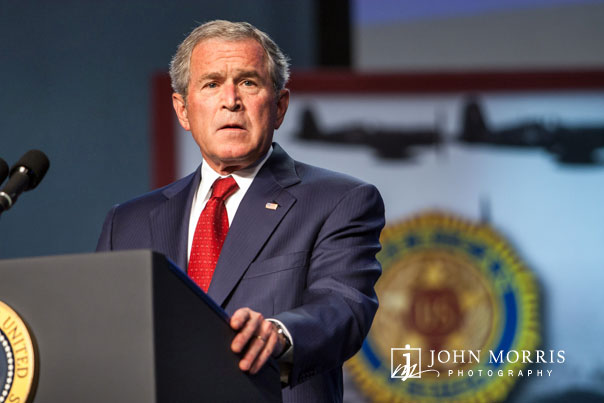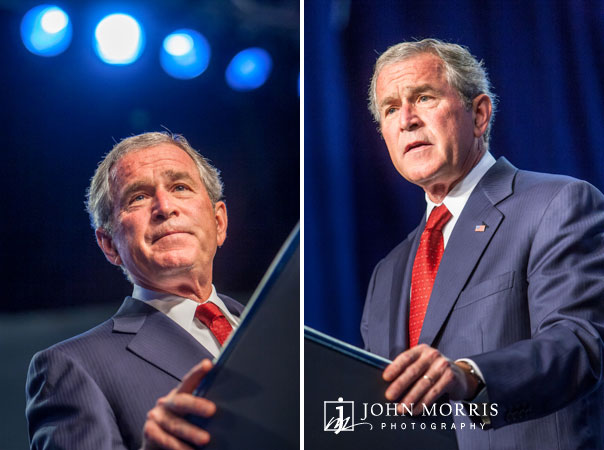Working with Celebrities as a Las Vegas Corporate Photographer
One of the many unexpected perks of working as a Las Vegas corporate photographer in San Diego and Las Vegas is the many celebrities I meet and get to work with. In my experiences, celebrities might be movie stars, entertainers, athletes, authors, and even CEOs. Honestly, what they are famous for matters little. My goal is to treat every celebrity I work with the same amount of respect and professionalism I would treat any of my clients. Important to celebrities is to respect the demands on their time and be flexible to their needs. While many rules of photography are specific and concrete, learning to be professional and deal with celebrities is not a skill that comes with clear instructions. What makes the best event photographers successful is not just the skill of the craft, but how they deal with the people they are photographing and working with. Event photographers are in the people business after all, and celebrities are people. So here are my thoughts on working with celebrities and some tips I have picked up along the way.
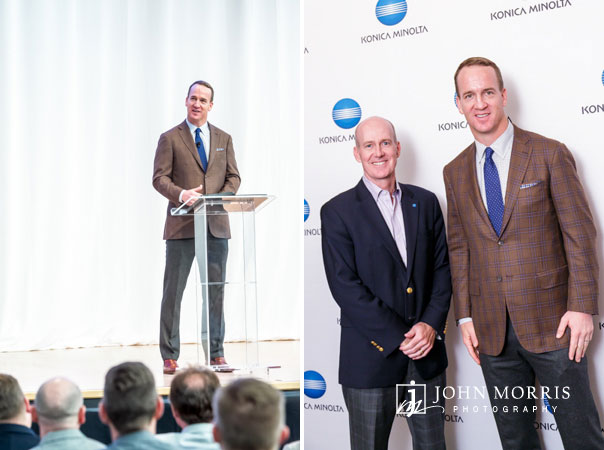
A Las Vegas Corporate Photographer Be On-Time, Better Yet, Be Early
Being on time means being early enough to make sure you have plenty of time to set up and prepare. In my experience, there are always obstacles to setting up despite how well you may know the venue or how sure you are that you have everything you need. Being early enough to set up depends on how much work you need to do to prepare. Just make sure to give yourself extra time.
Celebrities are rarely on time, but never count on that. I honestly can’t remember a time when a celebrity or politician has been on time. This is not an indictment of the person, but more about the busy schedules they keep. Celebrities are constantly delayed, so be efficient, don’t waste their time, set up early and plan for things to go wrong.
The better prepared you are as a Las Vegas corporate photographer, the happier your client, and your guests will be.
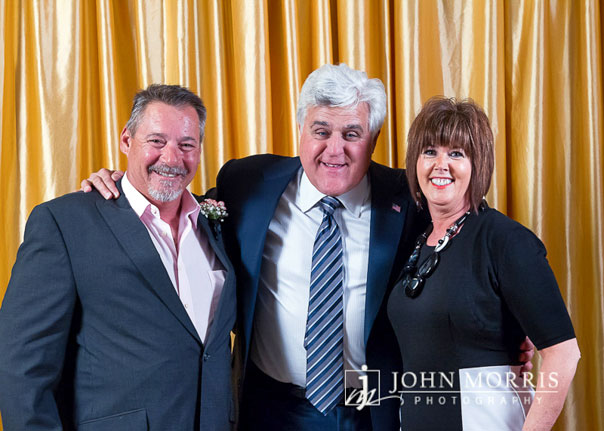
As a Las Vegas Corporate Photographer. Be flexible When Working with Celebrities
You have probably already noticed, but there are two factors that I keep talking about, flexibility and timeliness. They work hand in hand to help you manage the time you are with the celebrity. Efficiency is a combination of these two elements. Greet them and get started. I like to introduce myself and go right into explaining the setup up, what they can expect and where we plan on starting. But while I like to get started as quickly as possible, you must analyze the situation and be respectful. Don’t interrupt, be overbearing or inappropriate. Timing is everything. Celebrities may want to chat or take a moment to catch their breath and gather themselves. Others may want to get right to it, so be prepared for both.
As a Las Vegas corporate photographer, Flexibility is important. One celebrity I worked with had her own ideas about my lighting setup. After spending several hours setting up and perfecting my lighting, she arrived, introduced herself and promptly rearranged my main light to a position she preferred. I’ll be honest, it irked me, but she wasn’t rude about it and in the end, the change did not make much of a difference either way. She left happy with the shoot and her experience and the clients who hired me were thankful that I remained flexible and professional. I earned that client’s trust and was hired for many more photoshoots after that.
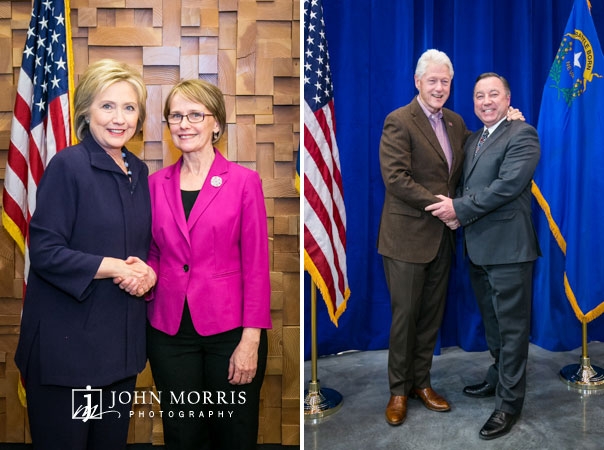
Ultimately, You Are in Charge. Control the Shoot
Celebrities are inundated with attention, good and bad, so be understanding of that. Some are nice, some are not. Celebrities can be diva’s, and photographers want to be diva’s, but as a professional event photographer, you don’t get to be a diva if you want to keep your clients happy. Keeping celebrities happy will keep your clients happy. Some will take charge, others will expect you too. Listen to them, they have been through this many times before. Having said that, you are in charge. You need to use professionalism and tact to manage the shoot to the best of your ability. The kind of shoot will dictate what you can and can’t do to keep things rolling as efficiently as possible.
Greet them and get started. In my fifteen years of experience, I have never met a celebrity who arrived at a shoot and wanted to have a lengthy discussion with me about anything. What I have been asked after a smile and a handshake is “where do you want me” or “give me a few minutes to get ready”. My response to the first one is to show them their spot and to quickly explain the process in as few words as possible. The approach to the second statement is to wait until they are ready and then show them to their spot and quickly explain the process in as few words as possible. Get it?

Grip & Grins. The Meat & Potatoes of a Las Vegas Corporate Photographer
A grip and grin, as I define it, is a photo line where the celebrity will stand in a specific spot and one at time, shake hands and take a photo with attendees, or VIP’s designated by your client. These can be large or small groups and generally last anywhere from 10 minutes to at most an hour. One of the biggest challenges to you and your celebrity’s time are those people who want to talk too much. People get excited, some are star-struck, but most are respectful and move on quickly, but some will monopolize as much time as they can and seem oblivious to everything and everyone around them. I control this situation by remaining polite and using verbal cues such as “next” and “thank you” as a way to indicate we are done and to move the guest along. You can also corral an event coordinator to help you move people along. Keep in mind that how you keep the line moving depends on the attitude of the celebrity and his or her patience and temperament.
As an example, I have worked several times with a General and Secretary of State who is a pro at the grip and grin. All I have to do is tell him where to stand and then be ready to take the photos. He pulls the guest in, tells them to smile, and sends them on their way with a firmness and warm smile that leaves everyone feeling good every time. I have also worked with a late-night talk show host who is warm, he hugs, jokes, and talks with his fans so long that we end up going way over every time. But his enthusiasm and kindness are infectious and fun. I have also worked with a first-ballot Hall of Fame quarterback who was nice, but awkward and I had to keep people moving along because he seemed uncomfortable doing so. The lesson here is to respect the celebrity and be flexible about how they want to handle it. Use your observations to your advantage to help keep control of the shoot. Again, the most important thing you can do is be prepared, have a backup plan for equipment failures and be flexible and professional while respecting the celebrity and your client’s wishes.
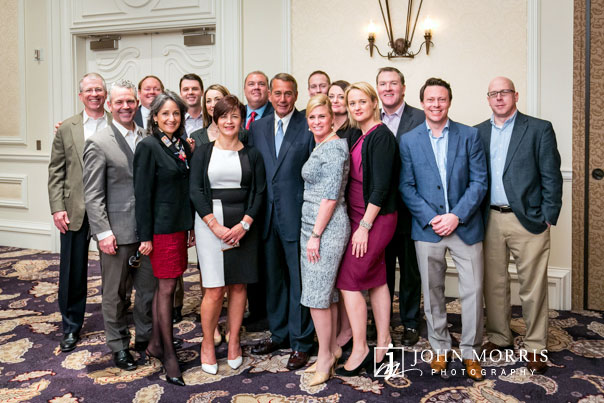
Meet and Greets
The best way to describe a meet and greet is selected VIP’s will be in a room designated by your event planner or client. The celebrity will arrive and mingle with the guests for an allotted amount of time. Generally 30-45 minutes. These can be simple affairs or larger cocktail style receptions. You do not have a lot of control over this kind of celebrity event. During a meet and greet, I like to shadow the celebrity and be responsive to photo opportunities while not being intrusive. I am respectful and get the shots without being pushy or obnoxious. I don’t overshoot, and I try to find a balance of being available but not overly aggressive. I anticipate and place myself at angles and in positions so that I can get the best shots quickly. It’s important to be vigilant and observant and take clues from the celebrity so as not to annoy them while still getting the job done.
It is important to mention the privacy of the celebrity here as well. Be conscious of circumstances while you shoot and avoid taking shots if the celebrity seems uncomfortable or is in a compromising position. This doesn’t have to be anything bad or obvious. Simple considerations such as don’t shoot if they are eating or otherwise not on guard. They may wave you off or frown at the presence of the camera. Be aware and respectful during these times and give the celebrity some space. As a professional event photographer, you are not paparazzi. Your job is to photograph the celebrity at their best, and in a professional and dignified manner.
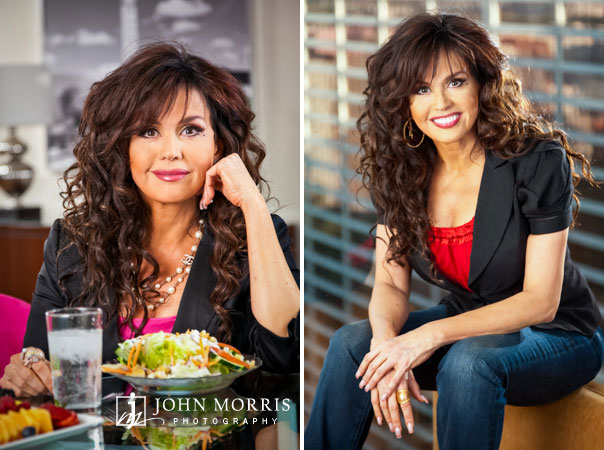
Photo Shoots
Everything we have discussed applies here with the main difference being that you are in the spotlight here. I won’t go into much detail but suffice to say that these can be the most stressful and most rewarding shoots. I will share my thoughts on photo shoots in a future post.
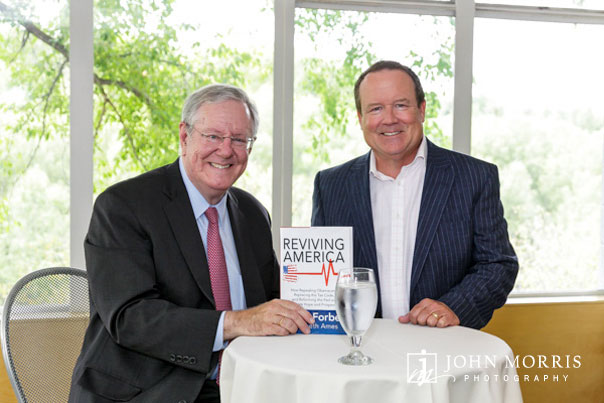
Final Thoughts
You will seldom be hired by the celebrity themselves. You will be hired by event planners or coordinators and therefore will be a representative of the event company that hires you as well as the company sponsoring the event. As an illustration, Major Events Inc. is an event company that is planning and organizing a sales convention for their client, Big Corporation United. They have booked superstar athlete Johnny Colorado to be present for photos during a meet and greet with Big Corporations 50 top salesman. You are representing your self, Major Events and Big Corporation and everyone wants the shoot to go perfect. With a celebrity involved, the spotlight will be on you and you are ultimately responsible for the success of the shoot, regardless of any other factor so be prepared, be flexible and most importantly, be professional. For a look at some of my celebrity work click here http://www.johnmorrisevents.com/portfolio/editorial/


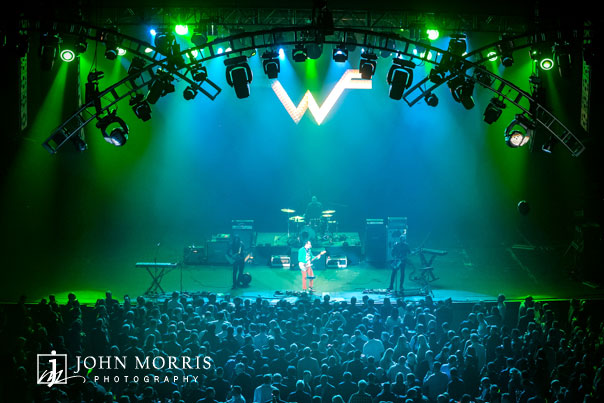
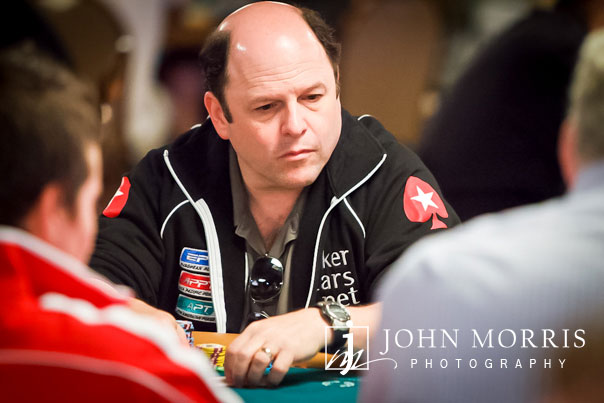
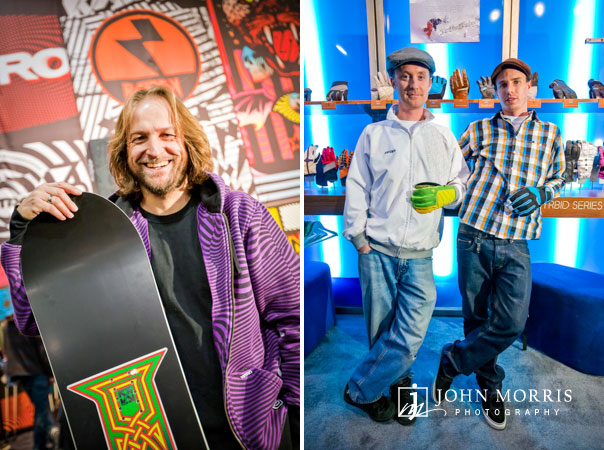 Two Remote Flash Triggers and a Commander
Two Remote Flash Triggers and a Commander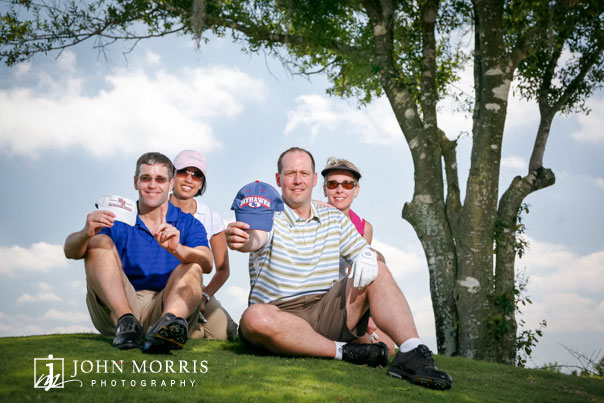
 Portable Light Stands With Umbrellas. A Vegas Event Photographer life(light) saver.
Portable Light Stands With Umbrellas. A Vegas Event Photographer life(light) saver.